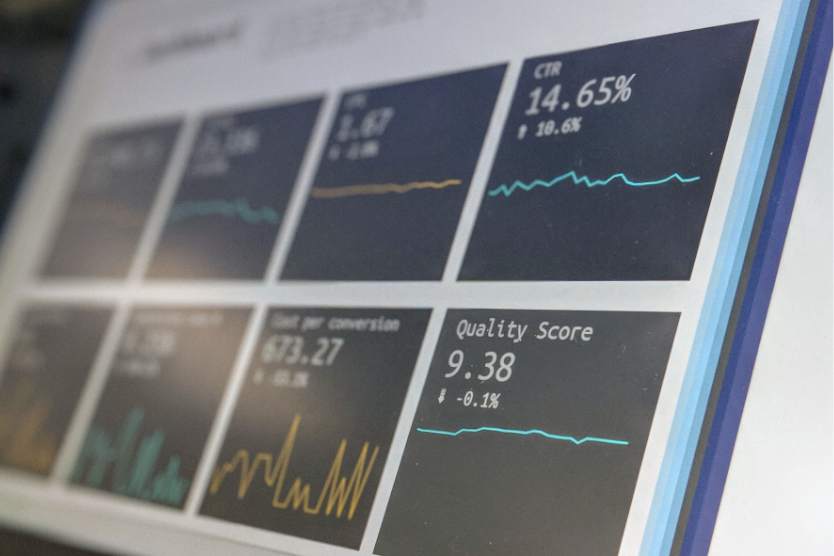
Eight hardware-in-the-loop (HIL) computers at the lab are capable of emulating power grids with up to 2,000 nodes in high temporal resolution.
© Stephen Dawson, Unsplash
A new, state-of-the-art test environment at the Fraunhofer Institute for Solar Energy Systems (ISE) will simulate how energy transition will work at the level of grid operations, including renewable energy distribution grids, island micro-grids, smart districts, electromobility infrastructure and critical power-outages – all without affecting the real power grid.
"Integrating both centralised and fluctuating decentralised systems and maintaining grid stability is a major challenge for grid operators. With the Digital Grid Lab (DGL), Fraunhofer ISE is expanding its expertise in grid simulation and can look at the grid and the communication within it in real time," explains Professor Christof Wittwer, division director of Power Electronics, Grids and Intelligent Systems at ISE in a press release.
The powerful engine at the heart of the lab consists of eight hardware-in-the-loop (HIL) computers, capable of emulating power grids with up to 2,000 nodes in high temporal resolution. The HIL set-up allows for the development and evaluation of new control concepts.
"The digital twin on the HIL computer can be configured very flexibly thanks to a library of models. We can simulate power grids of different sizes and voltage levels and replicate both residential and commercial power systems. The twin enables the evaluation and optimisation of components, energy management systems and communication standards in a safe, realistic environment," explains Dr Bernhard Wille-Haußmann, group leader for grid operation and grid planning.
Multiple applications can be “coupled” to the grid model including photovoltaic, battery and charging systems, combined heat and power units, heat pumps, electric vehicles and charging infrastructures – all under variable conditions. The DGL also allows for testing of grid conformity for industry standardisation (AC or DC), down to communication with individual nodes or charging points.


